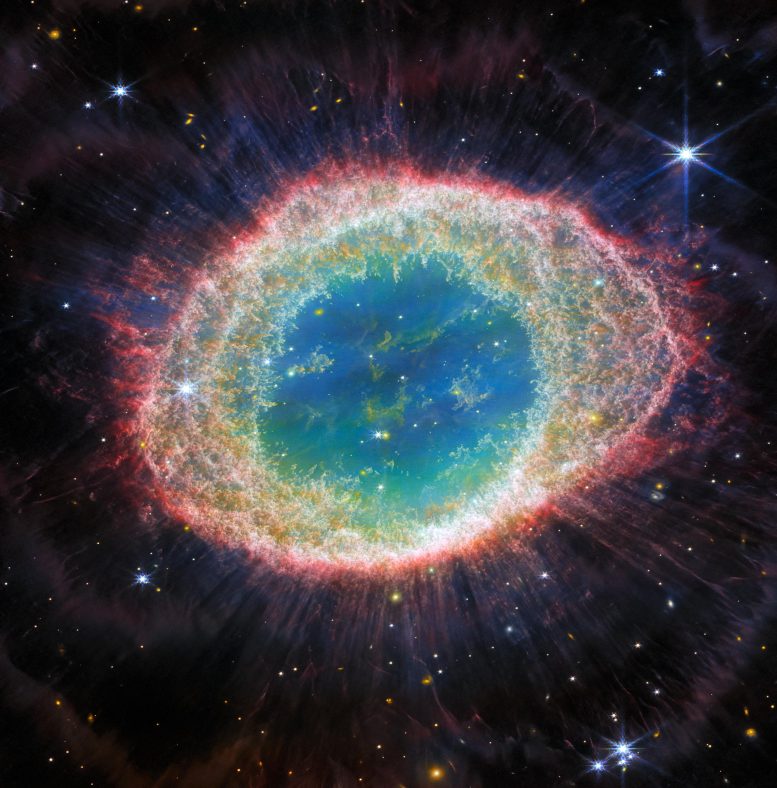
NASA’s James Webb Space Telescope has observed the well-known Ring Nebula in unprecedented detail. Formed by a star throwing off its outer layers as it runs out of fuel, the Ring Nebula is an archetypal planetary nebula. This new image from Webb’s NIRCam (Near-Infrared Camera) shows intricate details of the filament structure of the inner ring. Credit: ESA/Webb, NASA, CSA, M. Barlow (University College London), N. Cox (ACRI-ST), R. Wesson (Cardiff University)
NASA’s Webb Space Telescope captures a cosmic ring …
The team behind NASA’s upcoming Psyche mission …
And the unique thing about a star that was ripped apart by a black hole …
A few of the stories to tell you about – This Week at NASA!
Webb Observes Ring Nebula in Unprecedented Detail
NASA’s James Webb Space Telescope has observed the Ring Nebula in unprecedented detail. Formed by a dying star throwing off its outer layers as it runs out of fuel, the Ring Nebula is one of the best-known examples of a planetary nebula. It is relatively close to Earth at roughly 2,200 light-years away.
Meet some of the engineers who helped build NASA’s Psyche mission, which is set to launch in October on a journey of 2.2 billion miles (3.6 billion kilometers) to a metal-rich asteroid of the same name. Credit: NASA
Video Series Highlights Psyche Mission Team
NASA’s Psyche spacecraft is targeted for launch no earlier than October 5 to a metal-rich asteroid, also named Psyche. A new video series called, “Behind the Spacecraft” highlights several members of the Psyche team and their contributions to the mission. The videos are being released on several of NASA’s Jet Propulsion Laboratory’s social media platforms. The mission could help answer fundamental questions about how rocky planets like Earth formed, and about the formation of our solar system.
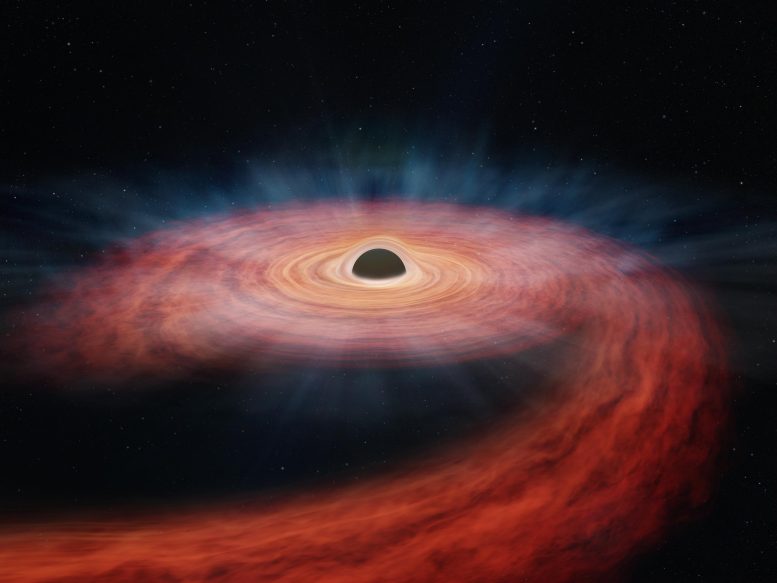
This artist’s illustration depicts the aftermath of the “tidal disruption event” (TDE) called ASASSN-14li, where a star was shredded after approaching too closely to a supermassive black hole. After the star was ripped apart, some of its gas (red) orbited around and fell into the black hole, while a portion of the gas was driven away in a wind (blue). Credit: NASA/CXC/Univ of Michigan/J. Miller et al.; Illustration: NASA/CXC/M.Weiss
A Giant Black Hole Destroys a Massive Star
Astronomers used NASA’s Chandra X-ray Observatory and ESA’s XMM-Newton to study material believed to be from a star that was ripped apart by a giant black hole – an event being called ASASSN-14li. The relative amount of nitrogen to carbon astronomers found indicates that the material weighs about three times the mass of our Sun – which would make the star in ASASSN-14li one of the most massive ever seen ripped apart by a black hole to date.
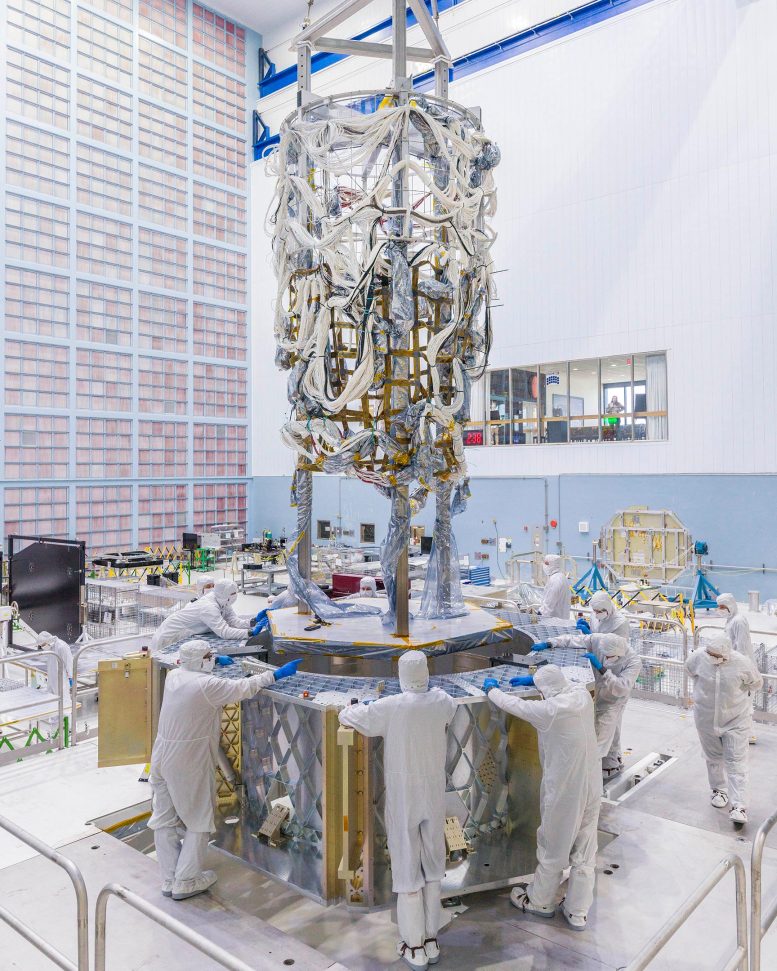
The Nancy Grace Roman Space Telescope’s flight harness is transferred from the mock-up structure to the spacecraft flight structure. Credit: NASA/Chris Gunn
Integrating the Roman Space Telescope’s Nervous System
The Nancy Grace Roman Space Telescope team has begun integrating and testing the spacecraft’s harness – the electrical cabling that functions as the telescope’s nervous system. The harness provides power and commands to Roman’s instruments, enables different parts of the telescope to communicate with one another, and helps the central computer monitor the telescope’s functions. Roman will survey billions of cosmic objects and help untangle mysteries like dark energy following its launch by May 2027.
That’s what’s up this week @NASA!

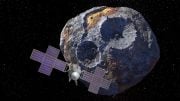
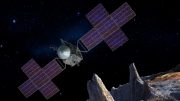
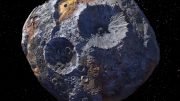
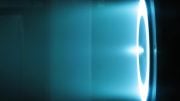
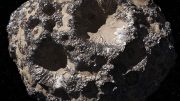
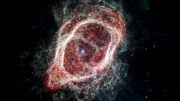

Be the first to comment on "This Week @NASA: Webb Captures a Cosmic Ring, Giant Black Hole Destroys a Massive Star"